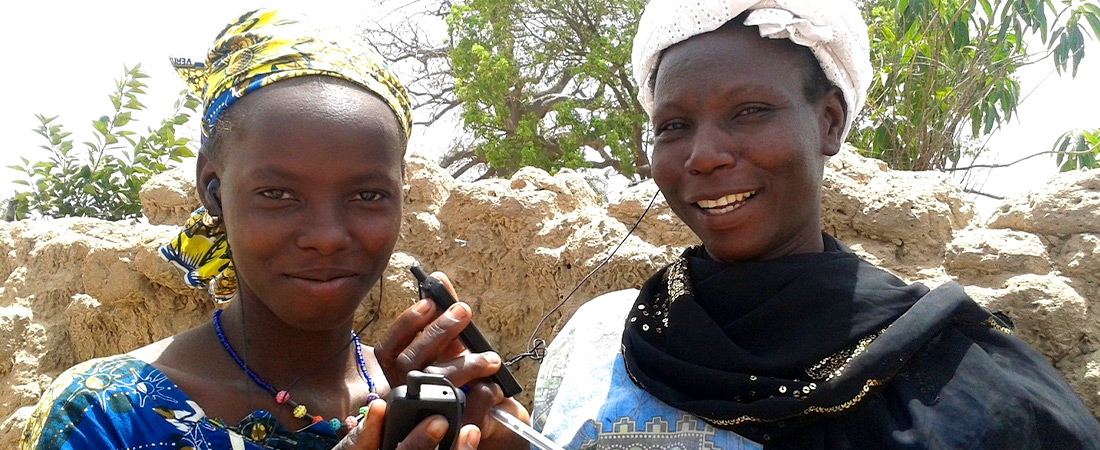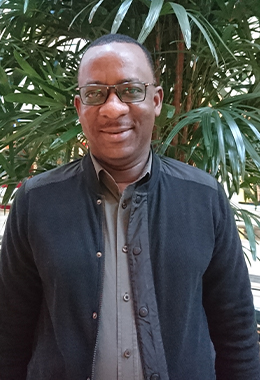Are Local NGOs the Key to Lasting Impact in International Development?

Many international development projects plan to have a long-term impact on a country’s education, health, or economic outcomes. When those donor-funded projects end, it’s often local nongovernmental organization (NGO) partners that continue the hard work of progress. Strengthening those local NGOs, then, is a critical part of a program’s long-term contribution to a community or region.
EDC’s Boubacar Bocoum has worked with local NGOs in Mali for many years, and recently, he served as the chief of party of EDC’s USAID-funded Mali Education Recovery Support Activity (ERSA). Here, he discusses how development practitioners can support the growth, development, and long-term stability of local NGOs.
Q. You believe that international development projects should prioritize supporting the growth and development of local NGOs. Why?
Bocoum: International organizations come with ideas and solutions, but they can’t fully solve all the problems they came to address. The true solutions—and I tell this to the Ministers I work with— need to come from the country. It is the country that needs to say, “Here is the vision. Here are the objectives for each sector. Those who want to help can come and work in these domains.”
Q. What are some of the biggest barriers to local NGOs becoming sustainable organizations?
BBOCOUM.jpg

Bocoum: The largest difficulty for these NGOs is that they have a lot of staff turnover. At the end of the project, many staff leave for other work. NGOs need consistent staff to thrive—they need to retain some of their financial, management, and monitoring and evaluation staff. This is hard to do when they don’t know what the future holds after a large project ends.
Another critical issue is that many local NGOs do not have direct access to major international donors, like USAID, to support the development of systems and hire the staff they need to become self-reliant. They have to work through intermediaries like EDC in order to get funding. And because donors want as much funding as possible going directly toward the project they are supporting, there isn’t much funding left over to support local NGOs in continuing the work.
Q. How does Mali ERSA collaborate with and strengthen local NGOs?
Bocoum: From the beginning of the project, we selected the NGOs we wanted to work with. We used a well-defined criteria that took into consideration their capacity, their experience in the fields of the project, and their ability to implement a project in spite of the presence of conflict. We made a plan for their development and invited their staff to participate in trainings designed for EDC staff. All the NGOs that have collaborated with ERSA have been satisfied with the support they received and the capacity they have built. I am very proud of our contributions.
Q. How can development projects better support the growth and sustainability of local NGOs?
Bocoum: We need to find ways for NGOs to become autonomous during the time that they are working on major donor-funded projects. Providing money for capacity building is part of this. But an even better approach is for implementers to elevate NGOs in project activities. EDC did this in 2015, when it partnered with a Malian NGO called RARE, under the All Children Reading Initiative, to run a two-year, $300,000 teacher training project. EDC provided technical assistance to RARE, and we assisted them in obtaining new business, but RARE did everything else, including all of the reports and documentation. That collaboration worked—it helped RARE create a system and a structure, and now it is trusted by other international partners. This is the type of success story we should be aiming for.